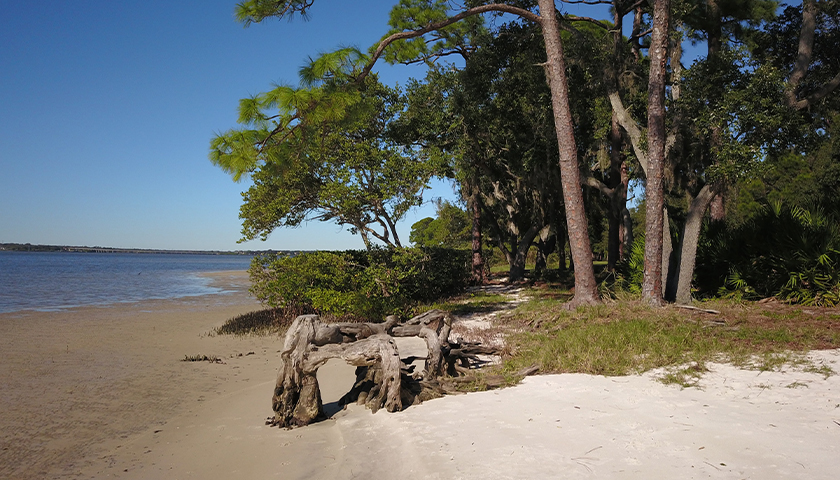Red Tide is hitting the Tampa Bay area and this flare-up predated Tropical Storm Elsa, although the storm might have increased its severity.
According to Tampa area officials, 15,000 dead fish were collected on July 9 alone, and over a total of 25,000 dead fish have been collected in the 10 days leading up to the 9th. St. Petersburg officials have over 120 employees working to remove dead fish, while the numbers are increasing daily.
Multiple health warnings have been issued to residents of the Tampa Bay area.
Two Hillsborough County beaches were closed starting last week indefinitely until the red tide dies down.
New today: Hillsborough County has closed the beaches at Apollo Beach Nature Park and EG Simmons Park due to red tide in Tampa Bay. Park Ranger at Apollo Beach allowed me to come get some pictures. There’s a lot of dead fish here. @BN9 pic.twitter.com/jl8gddtrEJ
— Tim Wronka (@TimWronka) July 10, 2021
Pinellas County officials have also given warning to residents and their pets to avoid areas experiencing the blooms if they have respiratory issues as Red Tide can be known to cause respiratory irritation.
“Some people may have mild and short-lived respiratory symptoms such as eye, nose, and throat irritation similar to cold symptoms,” the Florida Department of Health in Pinellas County wrote in an alert in June. “Some individuals with breathing problems such as asthma might experience more severe symptoms.”
Jim Ivey, environmental science and policy professor at the University of South Florida, said groundwater flow and storm runoff could have added to the red tide.
“Tampa Bay receives maybe up to 40 percent of its water through groundwater flow,” Ivey said. “That water that percolates down in the ground from people’s lawns can pick up a lot of nutrients that could fertilize the bloom.”
Red Tide is a naturally occurring algae-based organism known to pop up around Florida, and has been toxic to marine life.
However, Elsa could have also helped dilute the blooms, rather than spread them.
“A positive effect is that this storm may have spread the Red Tide out, and faster-growing cells, like diatoms, which split once or twice a day, could out-compete the Red Tide for nutrients,” Ivey said. “At least I hope that is what happens.”
– – –
Grant Holcomb is a reporter at the Florida Capital Star and the Star News Network. Follow Grant on Twitter and direct message tips.






